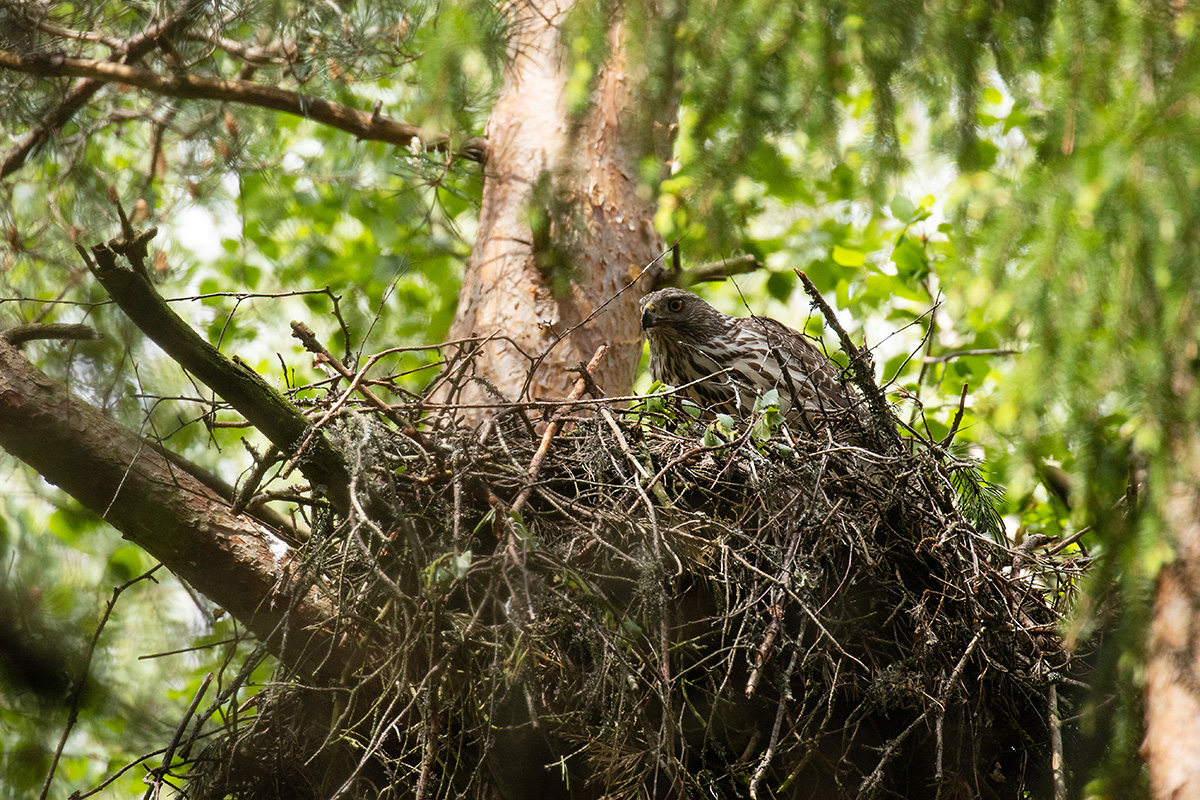The protection of an endangered species alone will not increase its abundance. Conservation action is also needed
The effectiveness of species protection is demonstrated by the Red List, which lets us know which species are doing poorly and which have improved.

Examples of success stories
According to 1988 data, the common crane was rare in Estonia. Today, however, it is in the ‘least concern’ category in the Red List. The reasons for the increase in abundance are global warming and the expansion of range preferences, in addition to species protection [1]. The common crane belongs to protected category III.
The status of grey seals has also significantly improved (their number in the Estonian coastal sea has increased more than two times in the last ten years, from 1,500 to 5,000–6,000) [2]. In 2010, the species was reclassified from protected category II to protected category III.
The white-tailed eagle also shows a positive trend (currently about 240 pairs nest in Estonia, therefore the abundance has increased in recent decades, but the estimated historical abundance level of 400 to 500 pairs has not yet been reached) [3]. The number of white-tailed eagles has increased since the ban on the use of organochlorine compounds. Around the Baltic Sea, they were banned in 1970, but the strong negative impact of the compounds persisted for at least another two decades, and the white-tailed eagle population did not begin to recover until the early 1990s.
In addition to the ban on hunting and the protection of nesting grounds, one of the main reasons for the increasing abundance of both grey seals and white-tailed eagles is the significant decline in the content of heavy metals and other pollutants thanks to the introduction of extensive measures to protect the Baltic Sea.
The European mink can be considered the symbol of Estonian endangered and extinct species. In the 2008 Red List, it was listed as ‘extinct’. Today, however, large-scale species protection actions have been taken in cooperation between the Tallinn Zoo and SA Lutreola, as a result of which the species has been successfully repopulated in Hiiu County. Unfortunately, the health of the population of almost 600 European mink offspring, moved from the zoo to Hiiu County in 2000–2016, is still not very good, but it is already very promising.
Examples of the deterioration of status
The abundance of the black stork (Ciconia nigra) in Estonia is currently low. We have a total of 60–90 pairs. Black storks nest in old undisturbed forests, feed by natural flowing bodies of water far from their nests, and migrate to Africa for the winter – all these elements contribute to the species’ critical state. The main risk factors are forest drainage, felling, and disturbance during the nesting season [4]. The black stork is a protected category I species in Estonia.
The Siberian flying squirrel (Pteromys volans) is a species with a decreasing range in Estonia, whose main habitat is the old forests of Viru County. The main risk factors for the flying squirrels are habitat loss and fragmentation, small population, predation, felling, and climate change [5]. The Siberian flying squirrel is a protected category I species in Estonia.
Another species with a decreasing abundance in Estonia is the western capercaillie (Tetrao urogallus), which prefers old natural forests as habitats. The playing grounds of the western capercaillie in Estonia are located primarily in the pine forests around larger or smaller bogs, where the forests are mostly 80–130 years old. The number of the western capercaillie cocks has continued to decline over the last decade. Considering the local lifestyle of the western capercaillie, its future depends directly on the way Estonian forests are managed and on predation pressure [6]. The western capercaillie is a protected category II species in Estonia.
The ringed seal (Phoca hispida) is a species of Arctic origin and therefore, the impact of warm winters on the population is unfavourable due to being unable to reproduce. Thus, global warming is becoming the main risk factor for ringed seals. As humans cannot compensate for habitat degradation due to global warming, the rehabilitation of helpless ringed seal pups and minimisation of additional mortality due to fishing (by-catches) are important protection measures [7]. The ringed seal is a protected category II species in Estonia.
Therefore, the protection of an endangered species alone will not increase its abundance. Specific conservation management action is needed to help the endangered species do significantly better.
Last modified: 19.03.2024
[1] Sookure kaitse tegevuskava aastateks 2009-2013
[2] Hallhülge seire 2019. a. Keskkonnainfo. Keskkonnagentuur, 2019
[3] Kotkad ja must-toonekurg 2019. a. Keskkonnainfo. Keskkonnaagentuur, 2019
[4] Must-toonekure kaitse tegevuskava 2018
[5] Lendorava kaitse tegevuskava 2023
[6] Metsise kaitse tegevuskava 2015
[7] Viigerhülge kaitse tegevuskava 2015